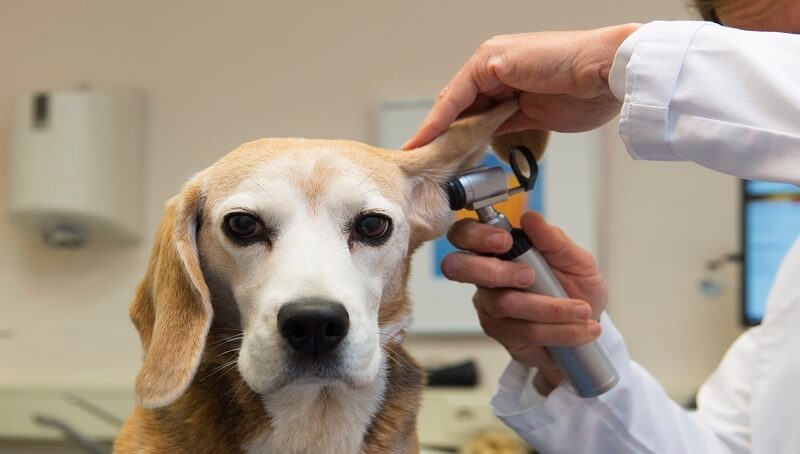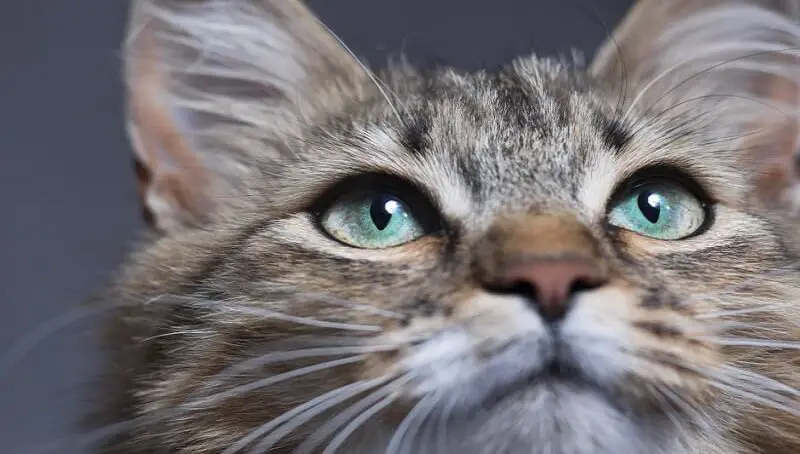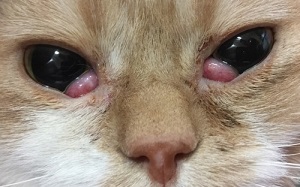
How Long Do Goats Live?
February 4, 2023
How Can You Train Deaf Dogs And Puppies?
February 6, 2023
More commonly seen in dogs and sometimes in rabbits, Cherry Eye is also occasionally a problem for cats. This disease affects the tissues surrounding one or both eyes of a cat, but it can be more than an esthetic problem. Some cats are more prone to developing this condition than others, and it is important to know how to recognize it and what to do about it.
What is Cherry Eye?
Cherry Eye is actually a nickname for a condition called third eyelid prolapse or third eyelid gland prolapse. The third eyelid, or nictitating membrane, is the fleshy and pink part that makes a grip on the eye. It is relatively unusual in most cats, but it is common in Burmese cats. In some cases, surgery is the treatment for the cherry eye.
It is actually a tissue flap that contains a gland that secretes tears. It is usually hard to see, being flattened at the corner of the eyepiece hole. If it enlarges, overturns, and prolapses, a Cherry Eye will be the result.
Signs of Cherry Eye in cats
You might also like my articles about:
- Can cats have purple eyes
- What are the symptoms of conjunctivitis in cats
- When do kittens’ eyes change color
A pink or red, fleshy prominence that comes from the inner corner of your cat’s eye is most likely a Cherry Eye. It is often described as a pink bubble or swelling and may be large enough to block part of a cat’s eye. It can also appear and disappear or be present permanently. Cherry Eye in cats is pretty obvious if you know what it’s all about, but the side effects it can cause are the ones that should worry you.
Symptoms include:
- Dry eyes
- Corneal ulcers
- Irritation
- Inflammation of the cornea
- Inability to close the eyes
When cats develop dryness of the eye, it is due to the lack of production of tears. Because the third eyelid contains a gland that produces tears, this gland may not provide enough lubrication to the eye if it is inflamed and protruding.
If one eye is dry, it will become inflamed, irritated, and itchy. An ulcer may result at the surface of the eye, on the cornea. A dry eye, also known as keratoconjunctivitis sicca or KCS, may need to be treated constantly to avoid corneal ulcers. A corneal ulcer is very painful and can lead to permanent eye damage and even ruptures if ignored.
If a Cherry Eye in the cat is large enough, it can also make it difficult or impossible for her to completely close her eyes. This is not only stressful and annoying for a cat, but it can also be a contributing factor to dry eyes.
Causes of Cherry Eye
 Inflammation – the cherry eye is primarily due to inflammation of the gland in the third eyelid. It swells and twists in front of the eye.
Inflammation – the cherry eye is primarily due to inflammation of the gland in the third eyelid. It swells and twists in front of the eye.
Eye hole size – cats with a brachycephalic or clogged face can be born without enough space in the eye holes to allow an enlarged or inflamed third eyelid gland to fit.
Retinaculum problems – the retinaculum stabilizes the tendons that help maintain the gland that causes the cherry eye. Sometimes it is too weak to do its job, and the gland comes out.
Unknown – the reasons why some cats develop or are born with one or two cherry eyes are sometimes unknown.
Treatment
Depending on the severity of a Cherry Eye in a cat, treatment may not even be necessary. But if the cherry eye is chronic and causes problems, surgery may be recommended to correct the problem. Sometimes the Cherry Eye will appear and then disappear by itself, other times the prominence appears and remains.
To avoid secondary problems of the Cherry Eye, the gland will need to be re-inserted into the orbit of the eye with great care. Manual and light pressure on the gland can make it disappear, but it often returns. A special surgical procedure can fix the gland back to allow the gland to return to normal function and lubricate the eye.
If secondary problems have developed due to a cherry eye, special ointments or eye drops may be necessary for the long term. There are also surgeries that may be necessary. If a Cherry Eye is ignored for too long, it may not be able to be repaired. Occasionally, the gland will be removed if it no longer performs its function of providing tears to the eyes.
How to prevent Cherry Eye
Unfortunately, there are no real measures to take in order to prevent cherry eye in cats. If a cat is born with a weak retinaculum or a small eye grip, there is nothing you can do to prevent the appearance of a cherry eye.
